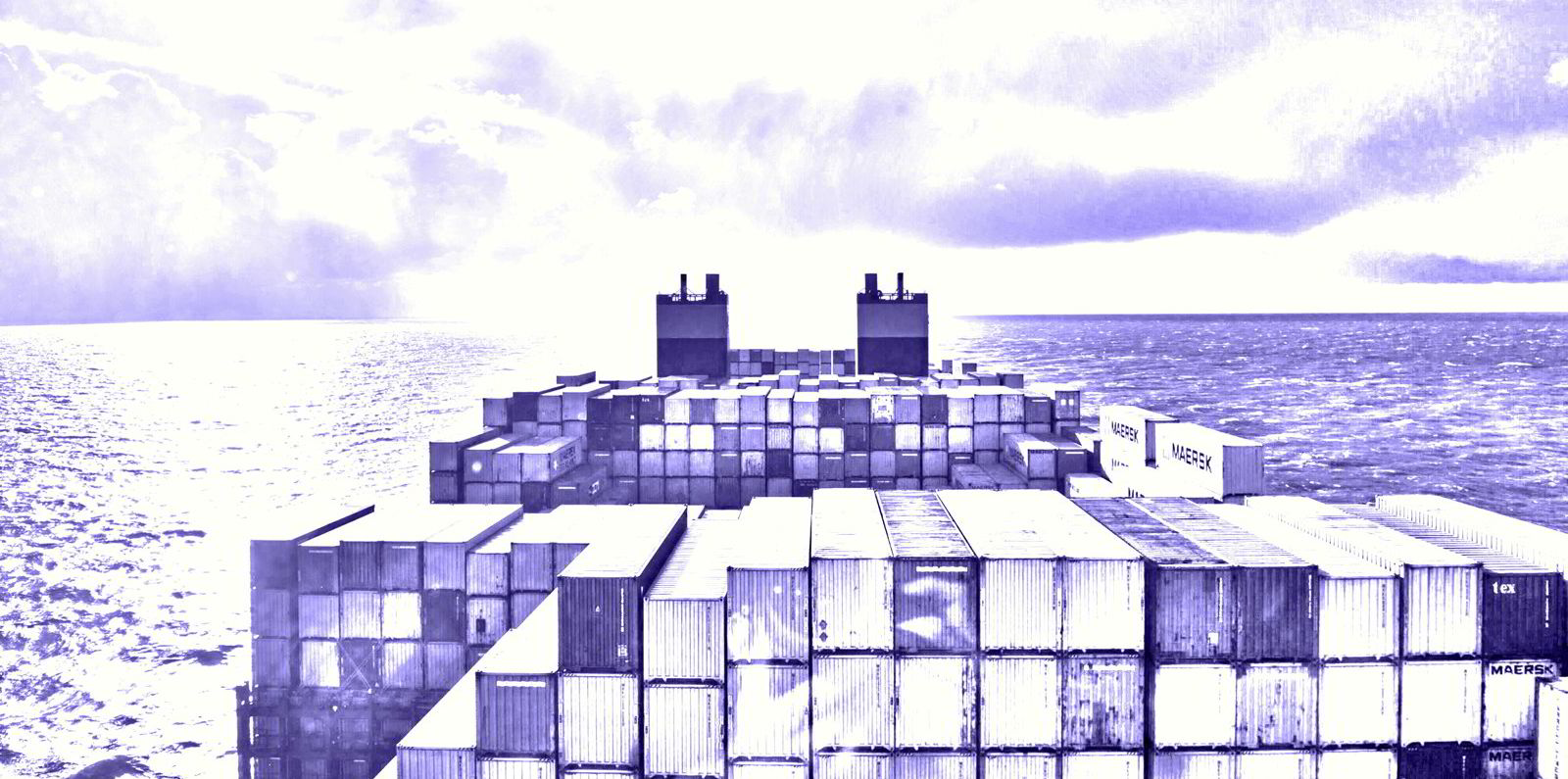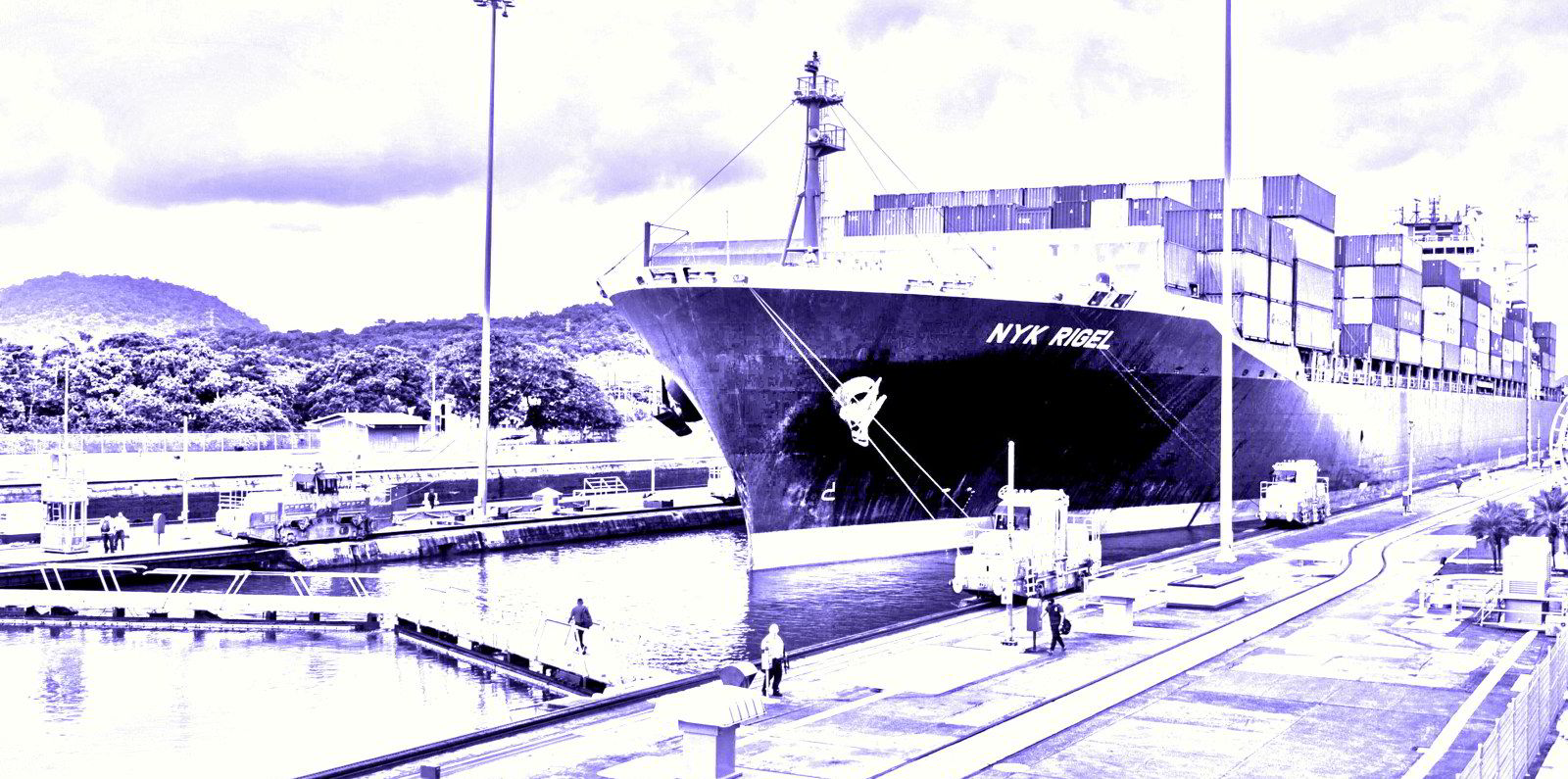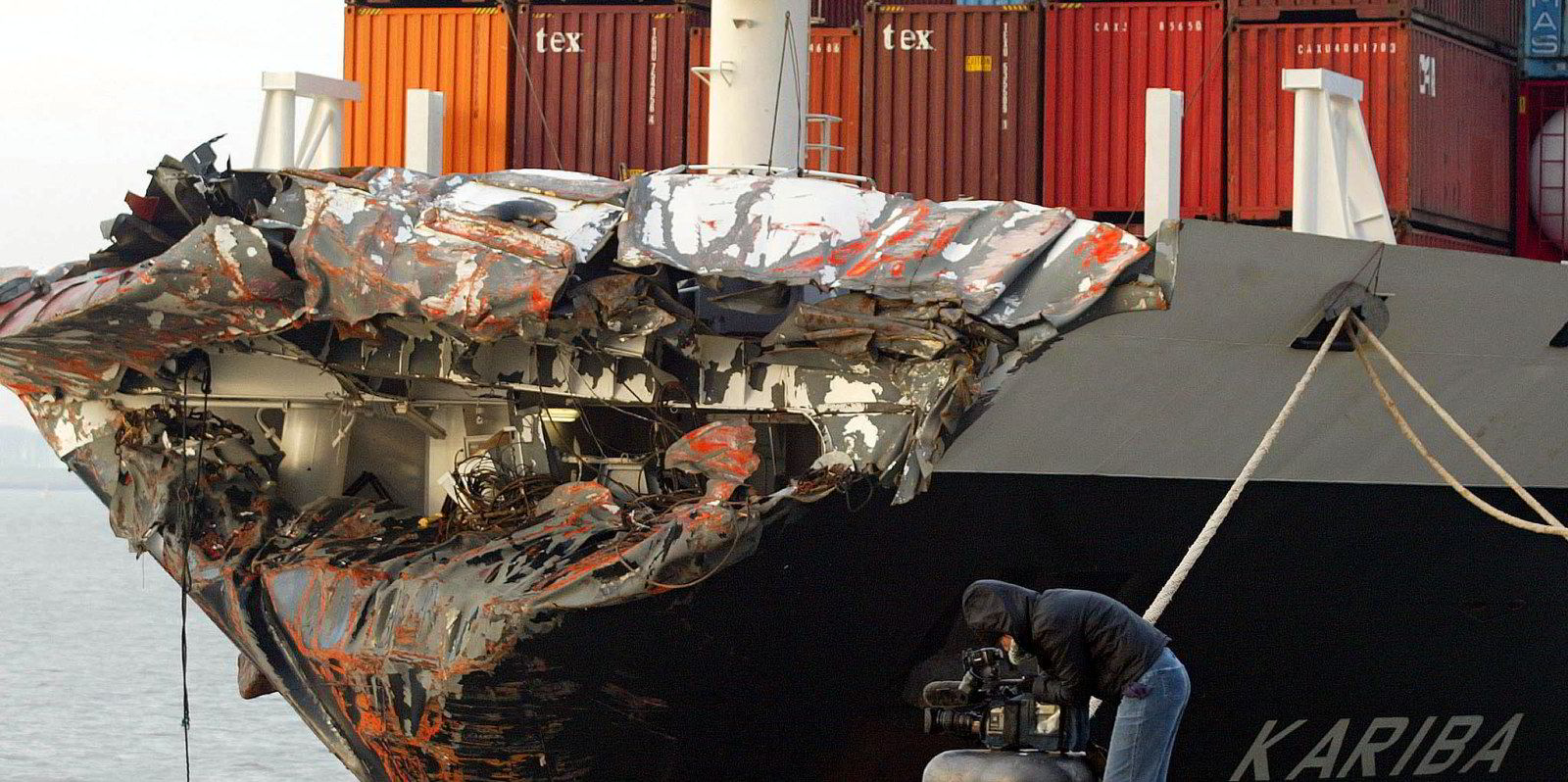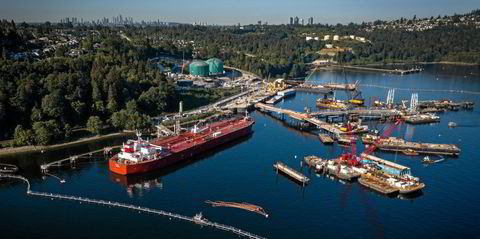Depending on how the Red Sea crisis pans out, 2024 may yet have the makings of another terrible year for the container industry.
The big uncertainty is how the liner sector will cope with the onslaught of a second consecutive year of record deliveries.
That will present enormous challenges for liner operators and the charter market.
Analysts predict a challenging outlook for 2025, with a third consecutive year marked by the delivery of over 2m teu in capacity, despite the potential for increased recycling.
Initial estimates point to fleet growth of 8% in 2023, 7% in 2024 and about 5% in 2025, said Clarksons Research.
That presents challenges to restore supply and demand equilibrium until 2026.
If poorly managed, the surge in deliveries may lead to intense competition, reduced profits and potential mergers and acquisitions, according to a report on 2024 industry trends by Container xChange.
Overordering of ships during the economic boom could create overcapacity, turning 2023’s profits into 2024’s losses, it added.
On current trends, both freight and charter markets are expected to soften in 2024.
Compared with the freight market, the charter market has not fared too badly in 2023.
Some even expect a slight revival at the start of 2024, despite disappointing demolition figures and soft cargo demand on many routes.
Alphaliner says a low inactive fleet and a limited number of vessels available for charter in the coming weeks demonstrate that despite taking delivery of a lot of new ships, carriers were also able to use existing tonnage and even had an appetite for additional charter ships.

Escalating challenges
That is when the redelivery of vessels fixed for multi-year periods during 2021/2022 is expected to add to the pressure.
The sector will also face cascading, potentially spreading the impact of record deliveries across sectors.
The onslaught of so much tonnage will not, however, help struggling freight markets.
These are down from the stratospheric highs generated during the pandemic to lows that are, clearly, loss-making.
Several currently profitable carriers have now confirmed the potential for deficits in the fourth quarter and losses in the first few months of 2024.
That is the inevitable consequence of the fall in freight rates over the past year to below pre-pandemic levels. The Freightos Baltic Index has fallen about 40% in the 12 months to 14 December to $1,277 per 40-foot equivalent unit.
Major liner operators including AP Moller-Maersk, Hapag-Lloyd and Ocean Network Express are guiding losses in the fourth quarter of 2023 and the first quarter of 2024.
Most were already hovering around break-even in the third quarter or in the case of Israeli liner operator Zim slipping into the red.

A lost cause?
That does not mean the fate of liner operators is in the lap of the gods in 2024 — liners could still take things into their own hands by managing capacity.
Blank sailings are expected to increase in 2024, as they remain a strategy to stabilise market rates and manage demand patterns, according to Container xChange.
It is also likely that carriers will begin to idle vessels by closing down entire service loops.
The most likely time frame of this would be in the latter part of the first quarter of 2024 following the Chinese New Year, said Vespucci Maritime chief executive Lars Jensen.
Demolition rates could also pick up in 2024, especially if large liner operators like MSC Mediterranean Shipping Company opt to finally scrap their ageing ships.
The impact of environmental legislation, especially in Europe, is likely to continue to absorb extra tonnage.
Vessels have already slowed down by around 3% in 2023, and further decreases in speed in 2024 could help reduce capacity.
By the end of 2025, fleet capacity will be more than 20% above the start of 2023, according to Clarksons.
By then, container shipping will be facing a more normal year for box trade growth, helping markets to potentially reach a floor, the shipbroker said.







